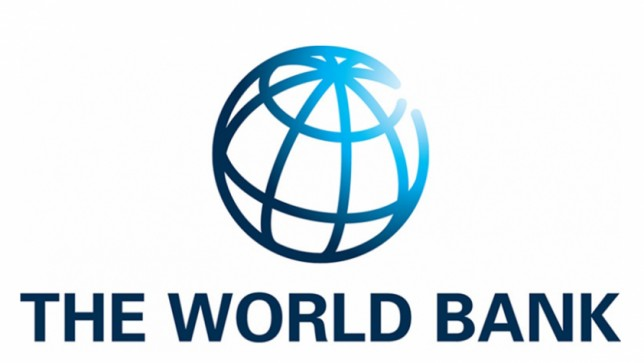World Bank Approves Second Phase of Nutrition Program to Reduce Child Stunting in Madagascar
WASHINGTON – The World Bank approved today the second phase of the Improving Nutrition Outcomes Program using the Multiphase Programmatic Approach amounting to $85 million consisting of a $42,5 million credit and a $42,5 million grant to continue helping Madagascar tackle widespread stunting in children
Chronic malnutrition is the biggest impediment to a child’s potential and to Madagascar’s long-term human capital development and economic growth. Stunting affects four out of every ten children under five in Madagascar, the equivalent of an estimated 1.7 million children, which is one of the highest rates in the world. In addition, 7.7% of children under five are wasted (too thin for their height), which increases the risks of morbidity and mortality. However, despite confronting many shocks over the last few years, Madagascar has achieved slow but steady progress. The prevalence of stunting has decreased from 50.1% in 2008-9 to 39.8% in 2021. This rate of improvement of 0.86 percentage points per year is better than the average rate of improvement in the Africa region.
“We congratulate the authorities for this major achievement. Reducing the prevalence of stunting is a critical milestone for improving the learning outcomes for children and future productivity. If such trends are sustained, this will have a lasting impact onMadagascar’s human capital,” said Marie-Chantal Uwanyiligira, World Bank Country Manager for Madagascar. “This program complements the recently approved IDA-funded Food Systems Resilience Program for Eastern and Southern Africa (FSRP) and both programs will further strengthen the resilience of communities to preserve these achieved gains and avoid disruptions in the provision of health and nutrition services as Madagascar, like many other countries, continues to feel the impacts of the COVID-19 pandemic, climate-related shocks, and the food security crisis linked to the war in Ukraine.”
Project implementation during the first phase has enabled more than 1,875,461 women and children under five to receive health and nutrition services through 4,526 community sites and 1,081 primary health care facilities strengthened with necessary nutrition and health commodities and equipment. The second phase will maintain the focus on the core activities of increasing quality and accessibility of essential reproductive, maternal, and child health and nutrition services, demand generation, and systems strengthening. The second phase will continue to support the nine regions under phase 1, and the following four regions will also be added: Androy, Anosy, Atsimo Atsinanana, and Atsinanana, three of which are among the most climate vulnerable regions in Madagascar. This second phase will also increase synergies with other sectoral investments, particularly in the areas of agriculture and social protection, to support improved nutrition outcomes. Evidence shows that greater coverage of food security, social protection, and nutrition interventions for the most vulnerable and poorest contribute to efforts to reduce poverty, chronic food insecurity, and stunting.
“In the context of deepening fragility and food insecurity, the importance of this multiphase programmatic approach to improving nutrition outcomes has become increasingly evident and requires multisectoral approaches to accelerate progress for stunting reduction,” said Maud Juquois, Senior Health Economist in Madagascar.
This 10-year program was designed to reach close to 75% of children under the five, starting in the regions that have the highest stunting rates in the country and progressively expanding to 15 regions. With the geographical expansion of phase 2, it would cover 65% of under five children by end of 2026. By 2028, the program is expected to reduce the number of stunted children by 30% in targeted regions.

